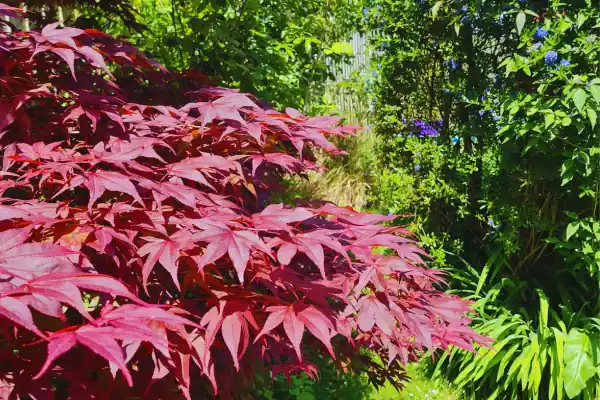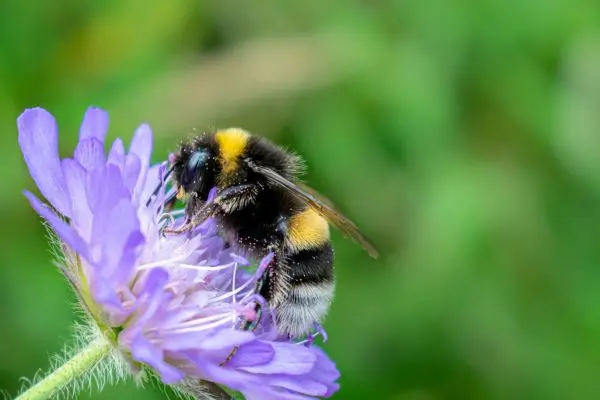Rewild Your Garden: Simple Tips to Create a Wildlife Haven
Are you looking to create a more sustainable and eco-friendly garden?
Rewilding your garden is a fantastic way to support biodiversity, attract wildlife, and reduce your ecological footprint.
Here are our simple tips to rewild your garden. Follow these and you can transform your garden into a thriving ecosystem!
Creating a Diverse Habitat
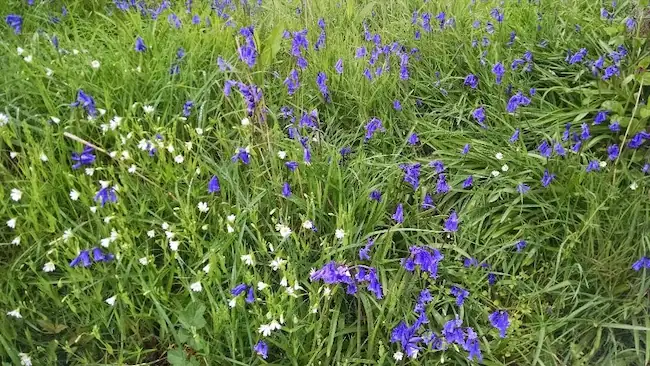
There is a wide range of wildlife that would happily return to your garden space! However, this range of wildlife requires a diverse habitat, holding a breadth of ecological niches. Do the following to restore this diversity:
Plant a variety of native plants: Native plants are adapted to local conditions and provide food and shelter for local wildlife. They are also more likely to support pollinators and other beneficial insects. Aim for a mix of trees, shrubs, wildflowers, and grasses to create a diverse habitat.
Leave some areas wild: Not every inch of your garden needs to be manicured. Allowing some areas to grow naturally can provide valuable habitat for wildlife. Consider leaving a patch of tall grass, a pile of deadwood, or a patch of wildflowers.
Create a pond or water feature: A pond or water feature can attract a variety of wildlife, including amphibians, insects, and birds. It can also provide a source of water for plants and other animals.
Build a log pile: Log piles can provide shelter for insects, small mammals, and amphibians. They also create a microclimate that supports a variety of plant life.
Leave deadwood: Deadwood is a valuable resource for many species of wildlife. It provides food and shelter for insects, fungi, and other decomposers.
Encouraging Wildlife to Return
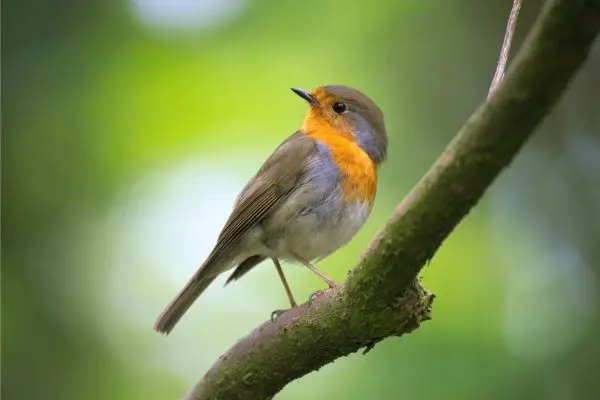
Alongside taking steps to restore habitat diversity, there are number of extra actions you can take that will give wildlife that extra bit of encouragement to return:
Avoid pesticides and herbicides: Pesticides and herbicides can harm beneficial insects and other wildlife. If you need to control pests, consider using natural methods such as companion planting, crop rotation in vegetable plots, or introducing beneficial insects yourself (you can order certain key insects online).
Provide food sources: Plant nectar-rich flowers, fruit trees, and berry bushes to provide food for pollinators, birds, and small mammals. You can also leave some fallen fruit and berries for wildlife to enjoy (but make sure not to leave out anything that wouldn’t naturally occur in your location).
Create nesting boxes: Nesting boxes can provide safe and secure nesting sites for birds and small mammals. Be sure to choose the right type of nesting box for the species you want to attract.
Leave a pile of leaves: A pile of leaves will provide shelter for insects and other invertebrates, particularly in winter months. It can also create a microclimate that supports a variety of plant life. Try to leave fallen leaves on top of garden boarders as well.
Reduce light pollution: Excessive light pollution can disrupt the natural rhythms of wildlife. Try to minimise artificial lighting, especially at night.
Reduce Your Ecological Footprint
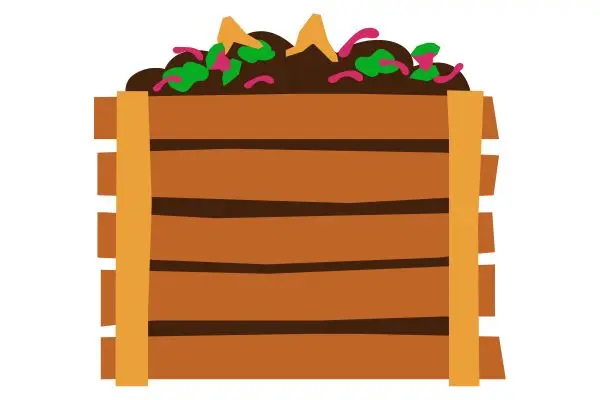
There are several steps you can take in your own life that can help support the rewilding process and provide your garden with additional resources:
Compost food scraps and garden waste: Composting is a great way to reduce waste and will create nutrient-rich soil for your garden. It also helps to reduce greenhouse gas emissions and serves as great habitat for insects.
Conserve water: Water is a precious resource. Use efficient irrigation methods, such as drip irrigation or rainwater harvesting, to conserve water. Your garden will also be happier being fed with rainwater, rather than treated tap water, during those hot summer months.
Avoid invasive species: Invasive species can outcompete native plants and disrupt ecosystems. Be careful about introducing new plants to your garden, and avoid planting invasive species. Once they’re in, they can be very difficult to remove!
Support local wildlife charities: Donate to organisations working to protect biodiversity and conserve wildlife habitats. For example, in the UK you have the Woodland Trust and the Wildlife Trusts that do a great job restoring native habitats.
Enjoying the Garden Rewilding Process

Rewilding your garden can be an immensely rewarding experience. Make sure to take the time to appreciate what you achieve!
Document your progress: Take photos and keep a journal to track the changes in your garden over time.
Share your experiences: Share your rewilding journey with friends, family, and with online communities or on social media.
Learn more about wildlife: The more you learn about wildlife, the better you can understand their needs and support their conservation. A quick search on Google will lead you to an abundance of resources to learn from!
Final Thoughts on Garden Rewilding
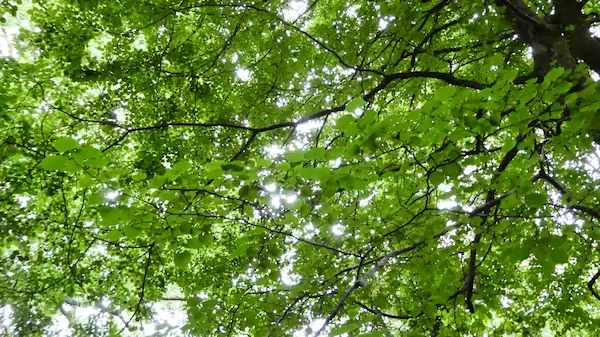
By following these rewilding tips, you will create a thriving garden that supports biodiversity and provides a haven for wildlife.
Remember, rewilding is a process of improvements, not an immediate win. Your garden will take time to mature and for wildlife to return.
Having said that you will notice some impacts fairly quickly. Enjoy this process and watch your garden transform into a more natural and sustainable space!
If you’re looking to learn more about rewilding and creating a sustainable garden for the future, then we recommend you also check out these resources:
Rewilding Explained: Benefits, Challenges & Examples
What is Urban Rewilding: Overview & Examples
Sustainable Gardening: 10 Simple Tips to Support Nature
Home Improvements & Actions to Support Nature
Lastly, we’d love to hear how you getting rewilding your gardens! Let us know in the comments section below.

